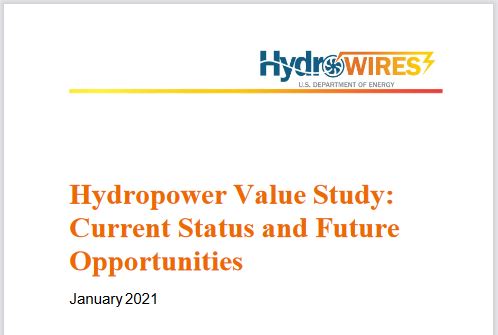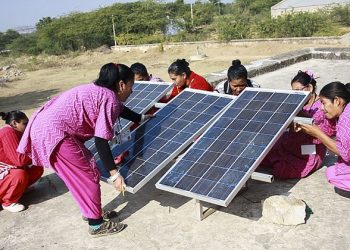
To reveal the current landscape and prospective role and influence of hydropower operations on the electric grid in the U.S., the Department of Energy’s (DOE’s) Water Power Technologies Office (WPTO) commissioned the Hydropower Value Study (HVS): Current Status and Future Opportunities.
The newly released HVS explores current hydropower operations and resulting value in examples across the country. HVS shows that hydropower operations are changing in some regions, but hydropower continues to be a strong contributor to grid reliability and resilience. Hydropower also varies significantly across the country in terms of its technical capabilities and the purposes and roles it must fulfill. And while declining energy prices may challenge traditional value propositions for hydropower, new compensation mechanisms are emerging that better account for flexibility and other values hydropower provides.
In April 2019, WPTO launched the HydroWIRES Initiative to understand, enable and improve hydropower and pumped storage hydropower’s (PSH’s) contributions to reliability, resilience and integration in the rapidly evolving U.S. electricity system. The unique characteristics of hydropower, including PSH, make it well-suited to provide a range of storage, generation flexibility and other grid services to support the cost-effective integration of variable renewable resources.
The U.S. electricity system is rapidly evolving, bringing opportunities and challenges for the hydropower sector. While increasing deployment of variable renewables have enabled low-cost, clean energy in many regions, it has also created a need for resources that can store energy or quickly change their operations to ensure a reliable and resilient grid. Hydropower (including PSH) is not only a supplier of bulk, low-cost, renewable energy but also a source of large-scale flexibility and a force multiplier for other renewable power generation sources. Realizing this potential requires innovation in several areas: understanding value drivers for hydropower under evolving system conditions, describing flexible capabilities and tradeoffs associated with hydropower meeting system needs, optimizing hydropower operations and planning, and developing innovative technologies that enable hydropower to operate more flexibly.
HydroWIRES is distinguished in its close engagement with the five DOE National Laboratories. Five National Laboratories, which work as a team to provide strategic insight and develop connections across the HydroWIRES portfolio as well as broader DOE and National Laboratory efforts such as the Grid Modernization Initiative.
Research efforts under the HydroWIRES Initiative are designed to benefit hydropower owners and operators, independent system operators, regional transmission organizations, regulators, original equipment manufacturers and environmental organizations by developing data, analysis, models and technology research and development that can improve their capabilities and inform their decisions.





